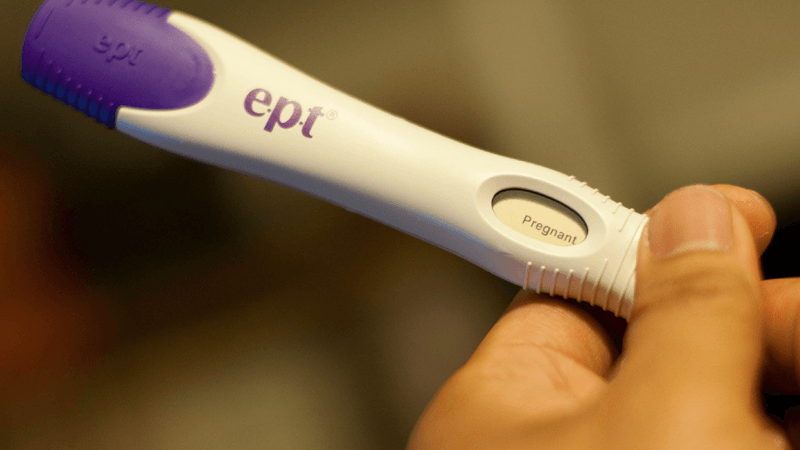A woman is launching a legal case against a healthcare watchdog over allegations that its abortion guidance is inaccurate and outdated.
The woman, who is not named in the legal documents, had an abortion at 23 weeks following minimal consultation at a clinic run by abortion giant BPAS. Doctors did not show her any scans or properly inform her about what the procedure would involve.
She was distressed to discover afterwards that her baby could have been born alive at that stage, and now deeply regrets going through with the abortion. She says she would not have gone through with it had she seen the scans or been informed about what the procedure involved.
Pain
The woman was initially delighted to find out she was pregnant after having been told she would never have children due to a medical condition, but was pressured into an abortion by her partner.
Because she was 23 weeks’ pregnant, the surgical abortion required the dismemberment of the child, but she was not informed by clinicians that there was a risk it would cause her baby pain.
She contends that the current guidelines are based on an outdated report which claims a baby cannot feel pain before 24 weeks’ gestation, despite the growing body of evidence which suggests the threshold is at least 18 weeks, if not earlier.
Informed consent
Sinclairslaw, the lawyers acting on behalf of the woman, are challenging the National Institute for Health and Care Excellence (NICE) guidelines on abortion care.
The firm says guidelines fail to recommend that:
- women should be informed that their baby may suffer pain if aborted from 18 weeks or possibly earlier;
- pain relief should be administered to any unborn child over 18 weeks;
- women should be told that babies over 22 weeks can survive outside the womb.
In its letter to NICE threatening judicial review, the lawyers argue the guidance is unlawful because clinicians are unable to facilitate and obtain informed consent without thoroughly explaining the procedure and its implications.

